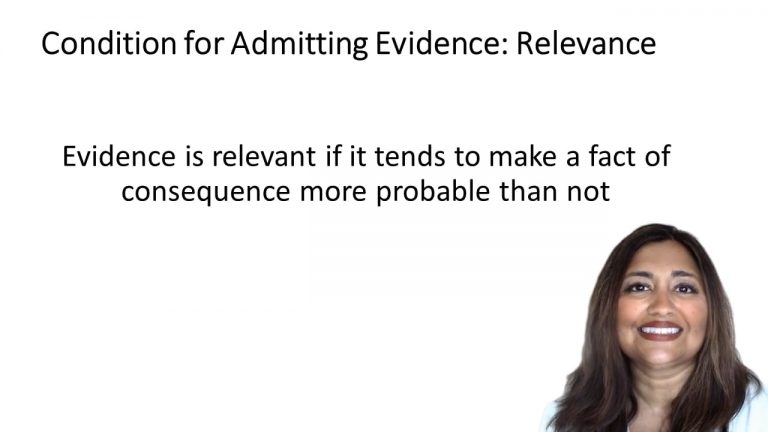SmartBrief
Confirm favorite deletion?
Evidence Keyed to Sklansky
Higgins v. Hicks Co.
Citation:
756 F.2d 681 (8th Cir. 1985)Facts
In South Dakota, there were two separate motorcycle accidents that occurred on a four-lane divided highway. The accidents occurred after sunset on a stretch of Interstate 90 that was under construction. The defendant was under contract with the State of South Dakota. On the day of the accidents, there was a 5.4 mile stretch of a highway that had been resurfaced on the passing lane but not on the driving lane. This left a 3-4 inch ridge over which a driver had to maneuver to move from the driving lane to the passing lane. The two accidents occurred as the motorcycle riders attempted to change lanes.
Only StudyBuddy Pro offers the complete Case Brief Anatomy*
Access the most important case brief elements for optimal case understanding.
*Case Brief Anatomy includes: Brief Prologue, Complete Case Brief, Brief Epilogue
- The Brief Prologue provides necessary case brief introductory information and includes:
Topic:
Identifies the topic of law and where this case fits within your course outline.Parties:
Identifies the cast of characters involved in the case.Procedural Posture & History:
Shares the case history with how lower courts have ruled on the matter.Case Key Terms, Acts, Doctrines, etc.:
A case specific Legal Term Dictionary.Case Doctrines, Acts, Statutes, Amendments and Treatises:
Identifies and Defines Legal Authority used in this case.
- The Case Brief is the complete case summarized and authored in the traditional Law School I.R.A.C. format. The Pro case brief includes:
Brief Facts:
A Synopsis of the Facts of the case.Rule of Law:
Identifies the Legal Principle the Court used in deciding the case.Facts:
What are the factual circumstances that gave rise to the civil or criminal case? What is the relationship of the Parties that are involved in the case.Issue(s):
Lists the Questions of Law that are raised by the Facts of the case.Holding:
Shares the Court's answer to the legal questions raised in the issue.Concurring / Dissenting Opinions:
Includes valuable concurring or dissenting opinions and their key points.Reasoning and Analysis:
Identifies the chain of argument(s) which led the judges to rule as they did.
- The Brief Prologue closes the case brief with important forward-looking discussion and includes:
Policy:
Identifies the Policy if any that has been established by the case.Court Direction:
Shares where the Court went from here for this case.

 11m 31s
11m 31s